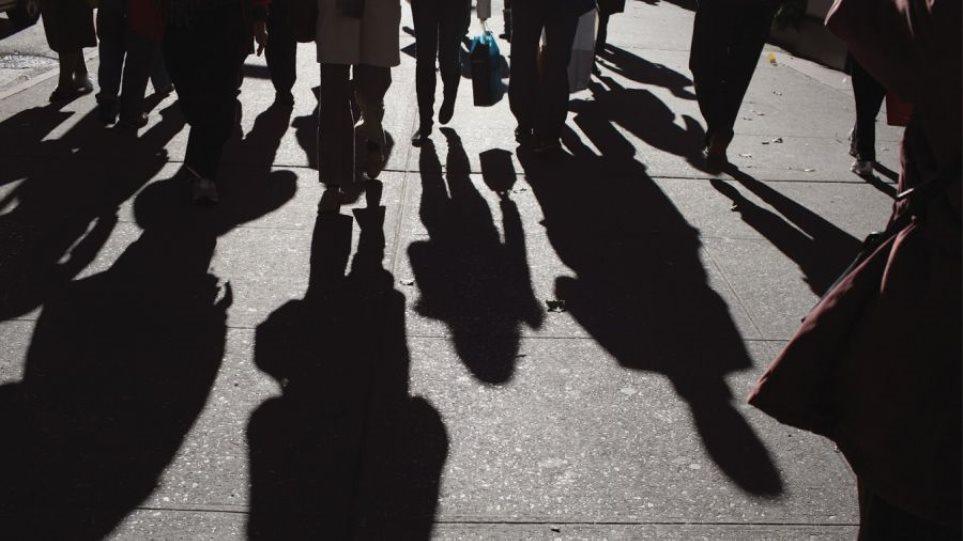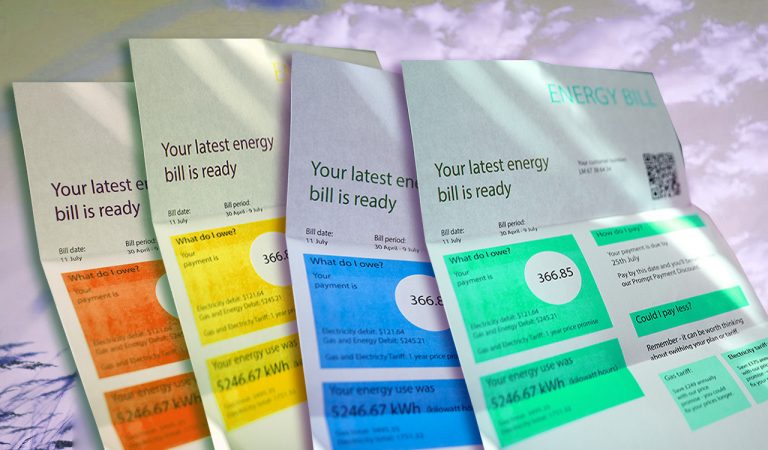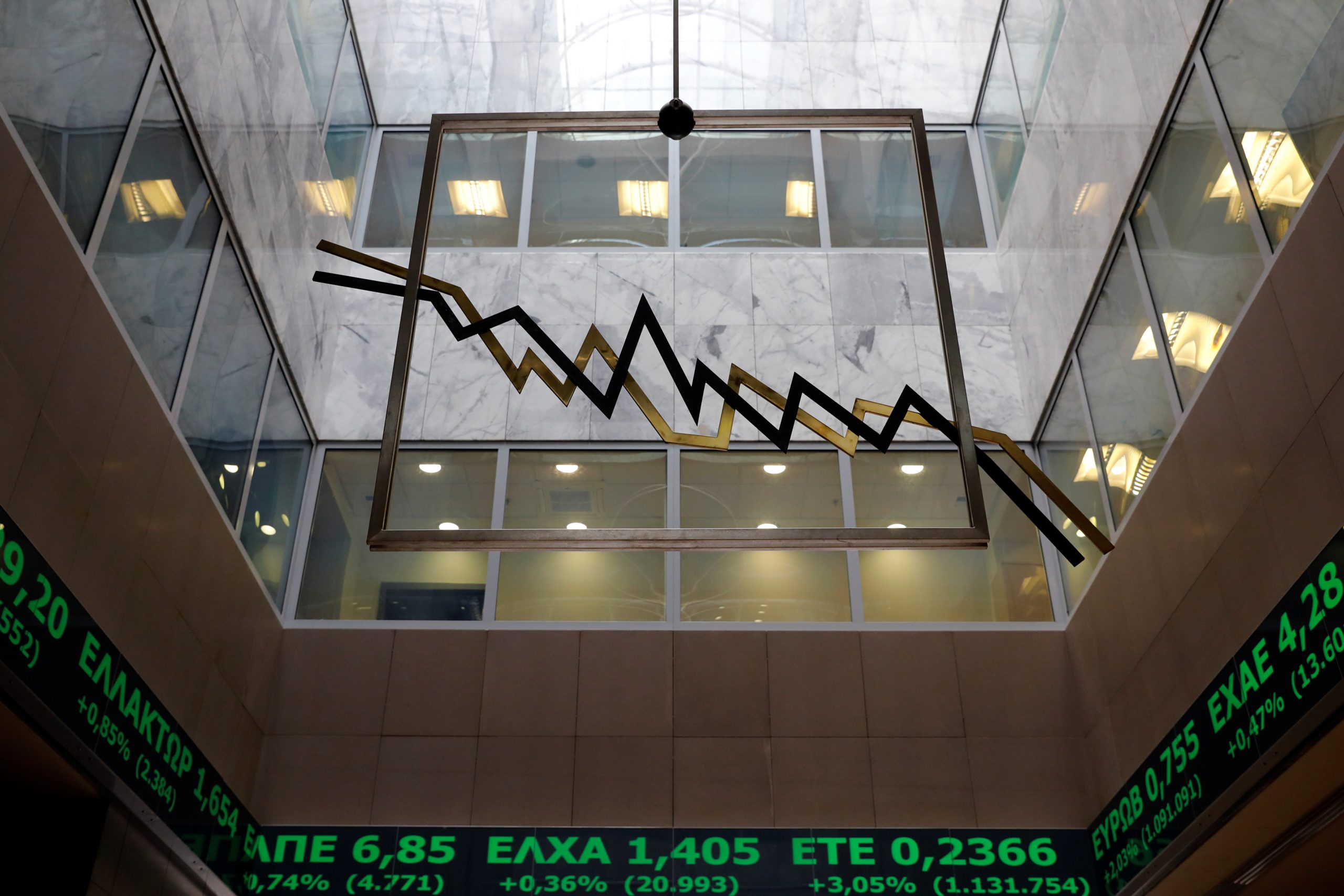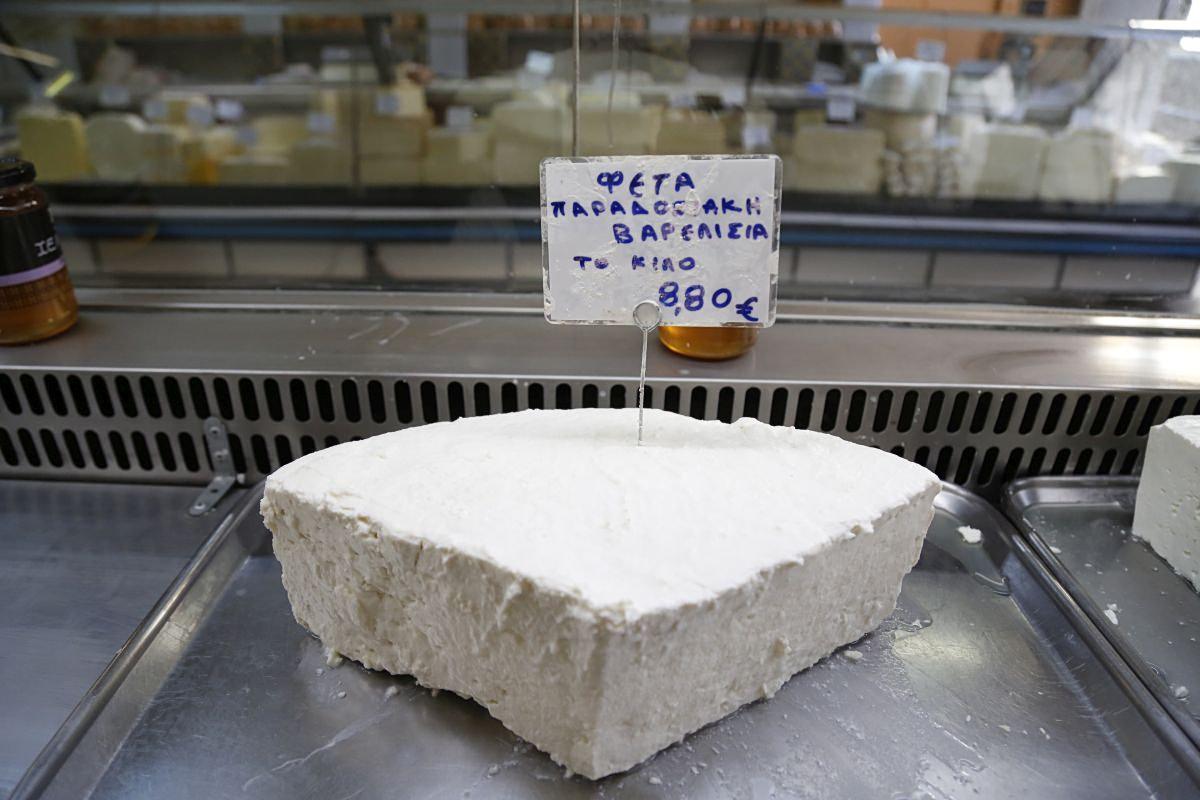Greece continues to hold the top spot among European countries for long-term unemployment—a position it has maintained for over a decade—remaining significantly ahead of its EU counterparts, according to data from Eurostat.
Figures released by Eurostat on Sunday, reveal that unemployment across the EU dropped to a historic low of 5.9% in 2024 for individuals aged 15 to 74. This marks the lowest level since the EU began collecting standardized data in 2009.
Long-term unemployment, defined as individuals who have been jobless for at least 12 consecutive months, also fell to a record low of 1.9%. However, Greece remains an outlier, with 5.4% of its labor force classified as long-term unemployed—well above the EU average. Spain follows with 3.8%, and Slovakia at 3.5%.
Despite this bleak figure, there’s a notable discrepancy between Eurostat figures and those from Greece’s Public Employment Service (DYPA). While Eurostat, based on data from the Hellenic Statistical Authority (ELSTAT), reports 257,000 long-term unemployed in 2024, DYPA’s registry shows over 458,000 registered unemployed by the end of the year.
This suggests that nearly 200,000 long-term unemployed individuals remain invisible in national and European statistics.
At the other end of the spectrum, countries with the lowest long-term unemployment rates include the Netherlands (0.5%), Malta (0.7%), and the Czech Republic, Denmark, and Poland (all 0.8%).
Youth unemployment in the EU saw a slight uptick, rising to 14.9% in 2024 from 14.5% the previous year. However, Greece saw improvement: youth unemployment fell to 22.5%, down from 26.7% in 2023 and a staggering 50.3% in 2015. Still, Greece ranks fifth in the EU for youth unemployment, behind Spain, Sweden, Romania, and Serbia.
Eurostat also highlights Greece’s gender gap in employment, the widest in the EU. Female unemployment stands at 12.8%, compared to 8% for men—a gap of 4.8 percentage points.
Interestingly, in 13 EU countries, male unemployment exceeds female, with Latvia recording the highest male-female gap (8% vs 5%).




































